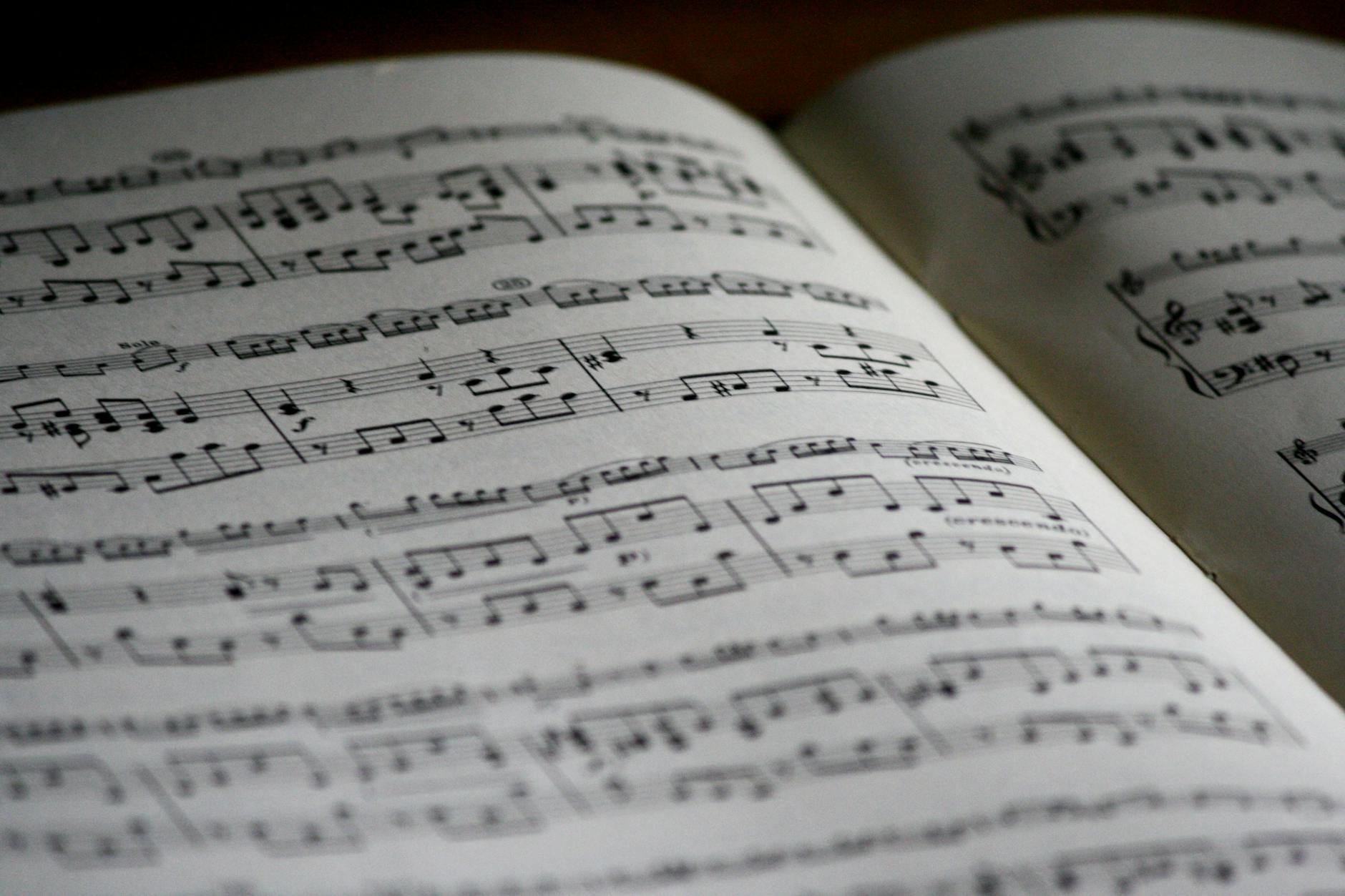How To Integrate Creative Inspirations from Australia into Your Design Work

Explore Australia's Natural Beauty
Australia's landscapes offer a vivid, unmatched tapestry of inspiration. Imagine standing at Federation Square, drawing from the iconic architecture and lively atmosphere, much like how creative studios use the surroundings to fuel inventive projects. I encourage my fellow designers and educators to harness the distinctive environments we have. Whether it's the rugged beauty of the Great Dividing Range or the serene expanses of our coastline, these natural wonders can shape how we approach design and teaching.
Unique Landscapes as Inspiration
Australia's diverse terrains present endless artistic opportunities. From the striking rock formations of Uluru to the lush rainforests of Daintree, each setting provides unique textures and forms. Utilize these landscapes to explore depth and perspective in your designs or art lessons. Challenge your students to create pieces that capture the essence of these settings, encouraging a connection with the land.
Native Flora and Fauna Colors
The vibrant hues of Australian flora and fauna offer a refreshing palette that can breathe life into any project. With species like the rainbow lorikeet and the golden wattle, integrating these colours can add a distinctive Australian essence to your designs. When considering experience gifts for your school's art room, think about workshops that teach how to incorporate these natural colours effectively.
Capturing the Australian Light
Australian light is notoriously unique, with its clarity and warmth presenting a valuable study in art. Consider incorporating exercises in your curriculum focused on how to capture this light through different mediums. Utilise these exercises as experiences sydney to highlight how different parts of the country present variations that can be harnessed creatively in classroom environments. This approach can open up new avenues for date ideas sydney within art and design topics, sparking inspiration both inside and outside the classroom.
Embrace Indigenous Art
Key Indigenous Art Styles
Australia's Indigenous art is a profound expression of culture, storytelling, and connection to the land. This art form offers a wealth of inspiration for any creative endeavour, including sydney experiences. Traditional styles, such as dot painting and bark painting, are notable for their distinct patterns and symbolic meanings. These art styles are more than visual aesthetics; they reflect the rich spiritual and cultural narratives of Indigenous people. Traditional dot paintings, for example, often depict dreamtime stories and ancestral journeys, using symbols like footprints, waterholes, and animals to convey layered meanings. To experience this firsthand, visiting one of the design-centric workshops at the National Gallery of Victoria can provide insight into these intricate methods.
Symbolic Meanings and Patterns
Indigenous art is characterised by its use of symbolism to convey stories, values, and laws. Each pattern and colour choice holds specific cultural significance. Circles may represent campsites or waterholes, while certain colours might symbolise aspects of the natural world or spiritual beings. Understanding these elements can deepen your appreciation and application of Indigenous styles in various projects, including floristry courses sydney.
Respectful Integration Techniques
Engaging with Indigenous art requires sensitivity and respect. One must ensure that the elements used are not only effectively integrated but also appropriately attributed. Collaborating with Indigenous artists and communities can provide a genuine connection and understanding, enriching the project while respecting cultural integrity. Ethical integration involves seeking permission, when necessary, and providing proper credit to the original creators. Exploring Indigenous art through these methods can also make for meaningful gifts for couples, creating an extraordinary experience that honours Australia's rich heritage.
Urban and Street Art
Iconic Urban Art Locations
Art enthusiasts know that experiences Brisbane are at their best in the dynamic street art scene that thrives across the city’s urban landscape. As someone deeply immersed in the world of art, you'll appreciate Brisbane’s blend of styles and themes. South Bank's walls offer vibrant murals, while Fortitude Valley hosts pieces that reflect the city's vibrant music scene. These areas not only serve as platforms for emerging artists but also inspire art teachers like you to think outside traditional confines.
Techniques from Street Art
Urban art is not just about bold visuals but also innovative techniques. Consider incorporating the use of stencils, wheat pasting, and graffiti markers into your curriculum. These methods often involve layering and mixed media, providing a hands-on approach to creativity. Engage your students by allowing them to create their own stencilled art pieces, perhaps inspired by the techniques seen in Melbourne's Federation Square or works from exhibitions held at the National Gallery of Victoria.
Reflecting City Narratives
The Melbourne Convention and Exhibition Centre frequently hosts tech meetups, a reminder that combining technology with street art offers a fresh canvas for expression. Encourage students to explore themes that resonate with them and incorporate societal narratives. This approach not only provides a voice to their art but also challenges them to reflect on their surroundings. For meaningful couple gifts, creating a piece of collaborative digital graffiti might be the perfect blend of modern techniques and traditional narratives.
Cultural and Historical Influences
Emblems of Australian Heritage
Incorporating symbols of Australian heritage into your creative work can offer a deeper connection with the cultural fabric that weaves through our land. This involves understanding and using motifs that have historical significance, such as the Southern Cross, which has guided explorers, or the boomerang, an emblem of Indigenous skill and culture. The purpose is not just to decorate but to use these elements thoughtfully, giving a nod to their origins and significance.
Influential Australian Artists
When considering influential Australian artists, figures such as Sidney Nolan and Margaret Preston are often prominent. Their work not only showcases technical brilliance but also encapsulates Australia's diverse cultural identity. Think about how these artists harness the vivid and unique Australian landscape in their pieces. Nolan's use of earthy tones and Preston's fondness for stylised representations of nature can serve as an inspiration for those seeking to integrate local influences into their art.
Incorporating Historical Elements
To successfully incorporate historical elements into your practice, consider the following techniques:
- Research: Dive into Australia's rich history to uncover stories and symbols that resonate with your audience.
- Contextualization: Present elements such as artefacts or periods within their historical context, whether through painting classes, dance classes, or multimedia explorations, to give your work dimension and depth.
- Modern Interpretation: Balance tradition with innovation by finding ways to reinterpret historical motifs for contemporary settings.
Incorporating these influences adds an enriching layer to your work, fostering a narrative that connects the past with the present.
Best Practices
Ethical Use of Cultural Elements
As a designer in Melbourne, it's essential to navigate the intersection of culture and creativity with sensitivity and respect. Incorporating elements from diverse cultures, particularly those of Indigenous Australians, requires a nuanced understanding to avoid cultural appropriation. Always seek permission and insights from cultural custodians before using indigenous motifs or stories. It's like when we visit the National Gallery of Victoria for inspiration, acknowledging the narratives behind the artworks enriches our creative practice.
Encouraging Student Collaborations
Collaborations with art and design students, notably those studying at places like RMIT University or Swinburne University of Technology, can be incredibly rewarding. When working on projects, such as a workshop at Federation Square, fresh perspectives can emerge. These students bring innovative ideas and a willingness to experiment, which can result in engaging outcomes. Facilitating these collaborations helps foster a thriving design community.
Continuous Artistic Exploration
Keep the spirit of exploration alive by participating in tech meetups and design-centric events at the Melbourne Convention and Exhibition Centre. Engaging in these meetups opens doors to new tools and techniques. For instance, experimenting with your design’s user interface, you might integrate colors inspired by native flora, a reminder of how much Australian landscapes offer to our creative palette. By continually pushing the boundaries of your design skills, you build a portfolio that reflects both innovation and cultural awareness.


